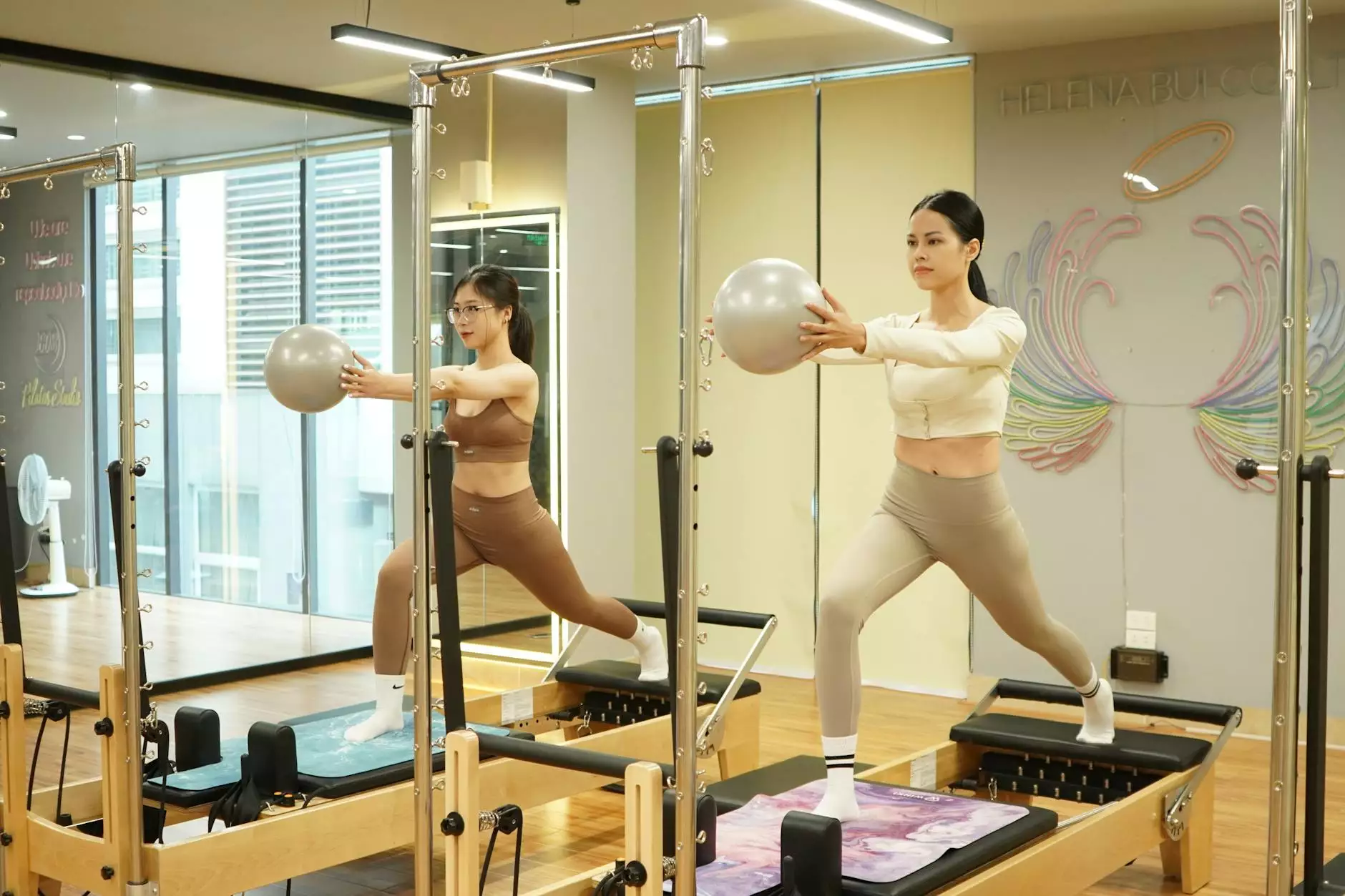Postnatal Pilates for Diastasis Recti: A Comprehensive Guide

Pregnancy is a miraculous journey, bringing with it not only the joy of new life but also a plethora of physical changes that can impact a woman’s body significantly. One common issue faced post-delivery is diastasis recti, a separation of the abdominal muscles that can lead to various complications. Fortunately, incorporating postnatal Pilates into your recovery routine can be exceptionally beneficial in addressing this concern. In this article, we will delve deep into the world of postnatal Pilates, focusing specifically on its impact on diastasis recti recovery and overall well-being.
Understanding Diastasis Recti
Diastasis recti is defined as the abnormal separation of the rectus abdominis muscles. This condition often occurs as a result of the growing baby in the womb, which stretches the abdominal wall. It can affect women during pregnancy and after childbirth, leading to:
- Lower back pain
- Poor posture
- Pelvic floor dysfunction
- Abdominal weakness
- Difficulty with functional movements
Understanding this condition is crucial, as it not only affects physical appearance but also impacts overall health and functionality. Aligning your recovery with specific exercises, like Pilates, can be an effective way to restore strength and unity to your core.
The Role of Postnatal Pilates in Recovery
Postnatal Pilates is a specialized form of exercise designed to support women during their recovery after childbirth. It emphasizes core strength, flexibility, and proper alignment, making it an ideal choice for addressing diastasis recti. Key benefits include:
1. Strengthening the Core Muscles
Pilates is renowned for its ability to engage and strengthen the core muscles, which includes the rectus abdominis, tranverse abdominis, and obliques. This engagement helps pull the abdominal muscles back together, facilitating healing. Specific exercises can be tailored to be safe and effective for those dealing with diastasis recti.
2. Enhancing Posture and Stability
Pilates promotes awareness of body alignment, helping to correct postural issues that may have developed during pregnancy. Improved posture alleviates stress on the back and supports core engagement, reducing discomfort commonly experienced during postnatal recovery.
3. Promoting Mind-Body Connection
One of the unique aspects of Pilates is its focus on the mind-body connection. Through mindful movement, you can enhance your body awareness, helping you to identify muscle engagement and better control your movements, which is crucial for effective rehabilitation.
Effective Postnatal Pilates Exercises for Diastasis Recti
When managing diastasis recti, it’s essential to approach exercise with care. Below are some Pilates exercises designed specifically for postnatal recovery:
1. Pelvic Tilts
This exercise helps strengthen the pelvic floor and abdominal muscles while promoting spinal mobility.
- Start on your back with knees bent and feet flat on the floor.
- Inhale to prepare, then exhale as you tilt your pelvis upward, pressing your lower back into the mat.
- Hold for a few seconds and then release.
2. Modified Plank
The modified plank is an excellent way to integrate core strength into your routine without straining your abdomen.
- Begin on your hands and knees, ensuring your wrists are under your shoulders.
- Engage your core as you extend your right leg, followed by your left leg.
- Hold this position, ensuring your hips remain level. Hold for 20-30 seconds.
3. Bridge Exercise
This exercise will strengthen your glutes while gently working on your core stability.
- Lay on your back with your knees bent and feet hip-width apart.
- Inhale and, as you exhale, lift your pelvis towards the ceiling.
- Keep your shoulders relaxed and hold for a few seconds before lowering back down.
4. Cat-Cow Stretch
This dynamic movement helps promote spine flexibility and core engagement.
- Get on your hands and knees, aligning your wrists beneath your shoulders.
- Inhale as you arch your back (cow position), and exhale as you round your spine (cat position).
Safety First: Precautions for Postnatal Pilates
While postnatal Pilates can be incredibly beneficial, it's essential to take precautions:
- Consult a Professional: Always seek guidance from a certified Pilates instructor with experience in postnatal rehabilitation.
- Listen to Your Body: Pay attention to any discomfort during exercises. Cease any activity that feels wrong.
- Avoid High-Impact Exercises: Steer clear of any exercises that put undue pressure on the abdominal wall, particularly in the early stages of recovery.
When to Start Postnatal Pilates
The timing for commencing postnatal Pilates can vary from woman to woman. However, it's generally advisable to wait approximately 6-8 weeks after giving birth or until cleared by your healthcare provider. Factors such as delivery type (vaginal vs. cesarean), overall health, and individual recovery should be considered.
Conclusion: Embrace Your Journey with Postnatal Pilates
Postnatal Pilates serves as a powerful tool in recovering from diastasis recti and restoring strength in new mothers. By focusing on core engagement, posture correction, and holistic movement, Pilates not only aids in physical recovery but also supports mental well-being, building confidence as you embrace your altered body. Remember, every journey is unique, and listening to your body, consulting professionals, and practicing consistency will yield the best outcomes. Through dedicated practice, you can regain strength, stability, and confidence in your postnatal body. Start your journey today and witness the transformative power of postnatal Pilates!
postnatal pilates diastasis recti







